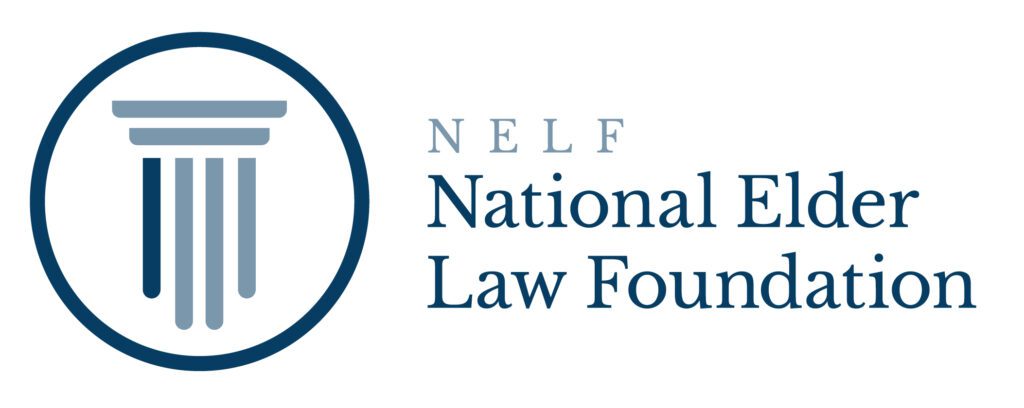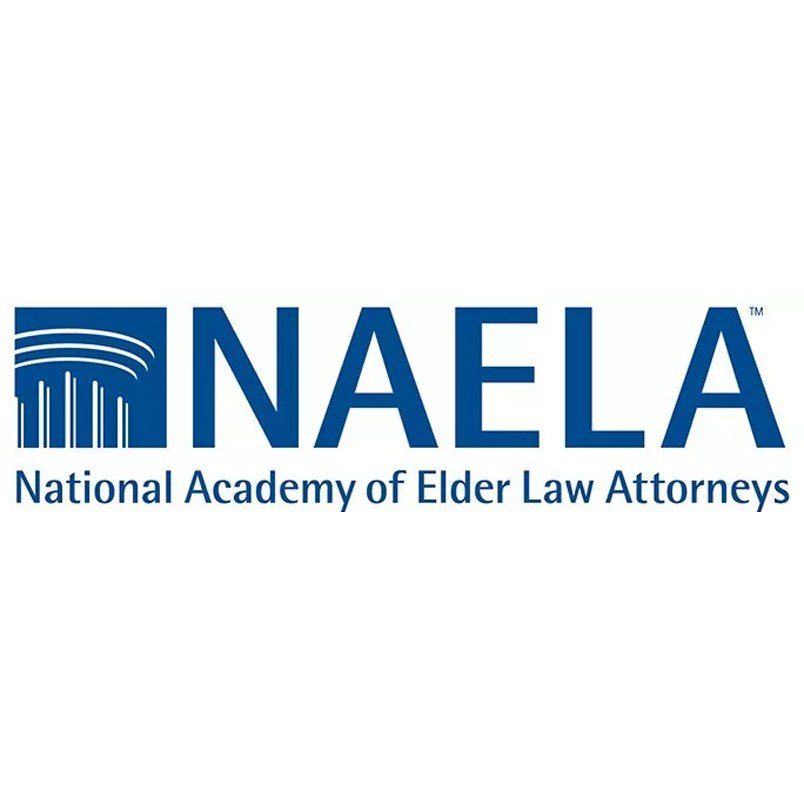In a final rule issued on September 18, 2018, the Department of Veterans Affairs (“VA”) amended its regulations governing VA pension benefits effective October 18, 2018. This rule has been over three years in the making as the VA first proposed these changes in January 2015. There is now a three-year lookback period with penalties for asset transfers, and there are new requirements for calculating net worth and deductible medical expenses.
Wartime veterans and their spouses can qualify for financial help in paying for the cost of care in their home, a personal care home or a nursing facility. The benefit is an Improved Pension that is commonly called “Aid & Attendance.”
Aid & Attendance
Aid & Attendance is an additional monthly cash payment of up to $2,169.00 (2018 amount) available to a veteran or the spouse of a deceased veteran, if it is shown that the claimant meets one of the following conditions: 1) requires the aid of another person to perform certain activities of daily living (ADLs) like bathing, feeding, dressing and toileting; 2) is bedridden because of a disability; 3) is a patient in a nursing home due to a mental or physical incapacity or 4) has eyesight limited to a corrected 5/200 visual acuity or less in both eyes or concentric contraction of the visual field to 5 degrees or less. For more detail, go to the Veterans Affairs website. The ADL of “ambulating within the home or living area” has been added and confirmation that assistance with two ADLs is required.
Service During a Wartime Period
The Veteran must have served at least one day during a wartime period. The dates that meet this wartime period are found on the Veterans Affairs website: World War II (December 7, 1941 – December 31, 1946); Korean conflict (June 27, 1950 – January 31, 1955); Vietnam era (February 28, 1961 – May 7, 1975 for Veterans who served in the Republic of Vietnam during that period; otherwise August 5, 1964 – May 7, 1975) and Gulf War (August 2, 1990 – through a future date to be set by law or Presidential Proclamation).
The veteran must have been discharged from the military other than dishonorably and served at least 90 days, with one day during active wartime. There is no requirement that the veteran was on the battlefield; he or she could have been doing paperwork at a desk. The veteran will need his or her discharge papers, the DD-214, to prove dates of service and type of discharge.
Net worth limitation
Prior to October 18, 2018, there was a vague $80,000.00 countable asset limitation. Under the new law, the veteran has a $123,600.00 net worth limit; said sum including annual household income that is in excess of projected unreimbursed medical expenses when the medical expenses are reasonably predictable. Assets that are not counted include a residence and the lot on which it sits that is similar in size to the other residential lots in the vicinity up to two acres (unless the additional acreage is not marketable), “personal effects suitable to and consistent with a reasonable mode of life, such as appliances and family transportation vehicles.”
The new net worth limit is tied to the Medical Assistance (“Medicaid”) Community Spouse Resource Allowance (“CSRA”) and will increase with future Medicaid increases. Although Medicaid is a different program than the VA pension, Congress adopted that number to prevent impoverishment of the non-institutionalized spouse of an individual receiving Medicaid. VA drew a parallel that they did not wish any net worth limitation that would subject wartime veterans and their survivors to impoverishment.
Net worth or countable asset determinations will no longer take into account life expectancy, rate of depletion of assets and other factors. The reasoning behind this change is that those factors have resulted in inconsistent, and sometimes unfair, decisions.
Income
The Aid & Attendance benefit is reduced by the countable income received by the veteran and his or her household. But the veteran’s income is calculated after deducting unreimbursed medical expenses. This means a veteran with high unreimbursed medical expenses may qualify for the maximum Aid & Attendance benefit. In addition, some types of payments (some compensation or reimbursement payments) are not counted.
Deductible medical expenses
VA defines medical expenses as those that are “medically necessary; that improve a disabled individual’s functioning; or that prevent, slow, or ease an individual’s functional decline.” Included are health care provider payments, medications, adaptive equipment, health insurance premiums, transportation expenses and institutional forms of care and in-home care. Medical expenses do not include meals, general health maintenance, cosmetic procedures, lodging or assistance with IADLs (instrumental activities of daily living).
Lookback period, penalty and cure
The new rules impose a 36 month (three-year) lookback for gifts and transfers for less than fair market value. Any transfers after October 18, 2018 will be subject to a penalty period not to exceed 5 years. The penalty begins on the first day of the month that follows the last asset transfer. The divisor is the “MAPR [Maximum Annual Pension Rate] in effect on the date of the pension claim at the aid and attendance level for a veteran with one dependent” which is currently $2,169.00. It appears that if the claimant made a $50,000.00 gift or uncompensated transfer within the three years prior to the claim for the pension, the penalty would be calculated by dividing $50,000.00 by $2,169.00 resulting in a period of ineligibility of approximately 23 months.
Some transfers to trusts and purchases of annuities that would not be in the claimant’s best interest were it not for the attempt to qualify for the Aid & Attendance benefit are treated as gifts subject to a period of ineligibility. There is a presumption that an asset transfer within the lookback period was for the purpose to decrease net worth to entitle the claimant to the pension. Claimant has the burden of proof to rebut this presumption by clear and convincing evidence, a high standard.
There are some exceptions. If, for example, upon retirement a claimant was mandated to make a transfer to an immediate annuity, the amount transferred to the annuity will not count as a covered asset; however the annuity distributions will count as income.
If a penalty period decision notice is issued, the claimant has 60 days following the decision notice to cure or partially cure a transfer and has 90 days following the decision notice to notify VA of the cure.
There are many nuances and questions from this new rule that will need to be figured out. At the time of the writing of this article, local county Veteran’s Affairs Coordinators have not received implementation guidelines, so it remains to be seen how certain things will be interpreted.





